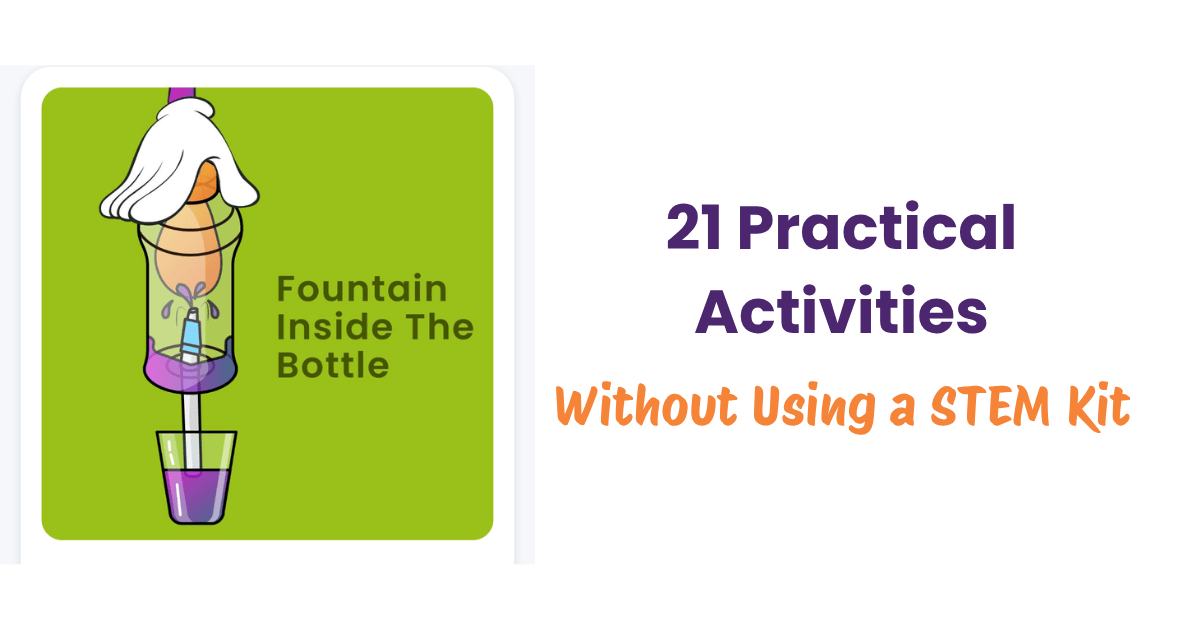
Explore the ATALUP STEM App – Where Students Do Not Need A Fancy STEM Kit
Science isn’t always about big labs and expensive tools. In fact, some of the most exciting discoveries start right at home, with curiosity, creativity, and simple materials. That’s exactly what the ATALUP STEM Learning App brings to the table.
Whether your school has a fully equipped Atal Tinkering Lab or you’re just getting started, the ATALUP app helps students explore core scientific concepts through 21 powerful STEM experiments using daily household items and not STEM kits. Let’s walk you through these fun, budget-friendly activities!
21 STEM Activities Without the Need for STEM Kits For Students
1. Oobleck: Liquid Stronger Than a Hammer
Ever made slime that’s both liquid and solid? This activity uses cornstarch and water to create Oobleck, a Non-Newtonian fluid. When you punch it, it hardens; when you hold it gently, it flows. This shows how materials can change behavior under force, just like futuristic body armor!
2. Static Magic with Everyday Objects
Sounds too technical, right? But your students can perform this without a STEM kit. Rub a balloon on your hair and stick it to a wall. Sounds fun? This activity dives into electrostatics, how rubbing builds up charges, causing attraction or repulsion. You’ll use combs, paper bits, and straws to see science in action.
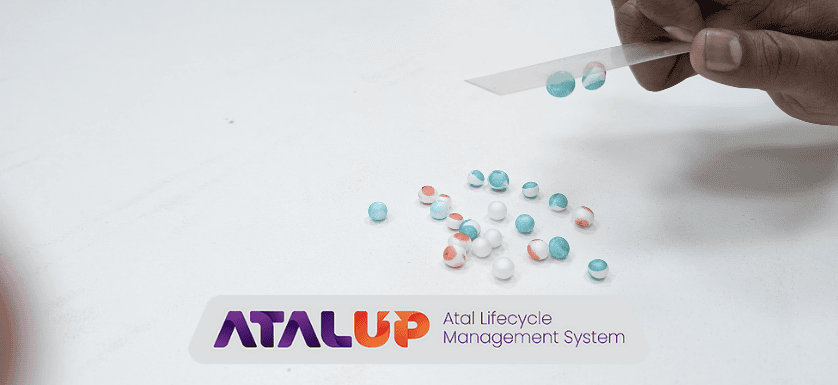
3. The Egg in a Bottle Trick
Prepare your own STEM kit for this experiment. A peeled boiled egg and a glass bottle can demonstrate air pressure beautifully. By heating the air inside and placing the egg on top, it gets sucked in! All you need is a matchstick and a boiled egg to witness this mind-blowing trick.
4. DIY Centrifuge – Soil Separation
DIY STEM kit – Ever wondered how washing machines spin out water? In this experiment, you’ll spin muddy water in a bottle tied to a string and observe how centrifugal force pulls heavier soil particles outward, mimicking how a centrifuge works.
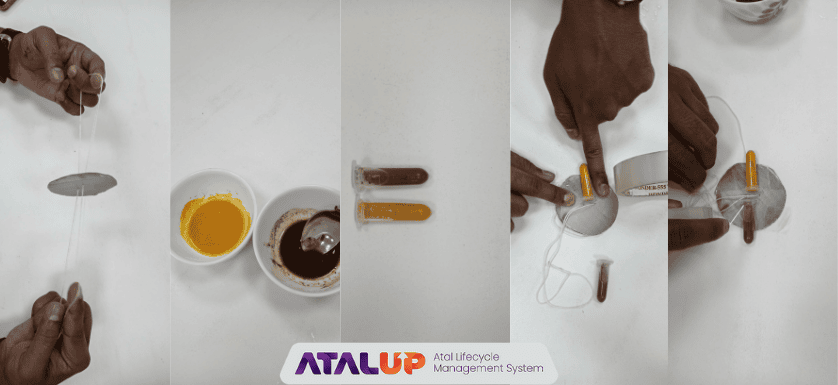
5. Balancing a Toy with Changing Mass
With a stick, some clay, and string, you’ll build a toy that balances even when tilted! This explores the center of gravity and how tightrope walkers stay balanced using a pole. Stability isn’t always about staying upright; it’s about smart weight placement.
6. Air Pressure Experiment with Bernoulli’s Principle
Two cans hanging by threads swing together when you blow air between them. Strange? That’s Bernoulli’s principle: faster air creates lower pressure, pulling the cans inward. You’ll explore how this applies to airplane wings and sports balls. Cans, straws, thread, and a stick; such things can make STEM kits for kids.
7. The Invisible Beaker Trick
Place a glass beaker inside another filled with oil and watch it disappear. This isn’t magic, it’s refraction! Light travels through substances differently, and when their refractive indices match, the beaker becomes nearly invisible.
8. Centripetal Force Water Spin
Fill a cup with water, tie it to a rope, and spin it in circles. Amazingly, the water doesn’t fall. This is a centripetal force in action; objects in circular motion want to fly outward, keeping the water inside the cup.
9. Density Tower with Water, Glycerin & Baby Oil
Layer different liquids and watch them float over each other. Why? Each has a different density. This teaches students how even clear liquids differ and why oil floats on water.
10. Balloon & Bottle: Volume and Temperature
Put a balloon on a plastic bottle and place it alternately in hot and cold water. The balloon inflates and deflates due to air expansion and contraction. This visual activity brings gas laws to life. A balloon and water; 2 items can make STEM kits for kids.
11. Hot vs Cold Water Diffusion
Drop ink in hot and cold water and watch the diffusion rate. It’s quicker in hot water due to faster-moving molecules. This shows how temperature affects the spread of substances. To explore the spread of substances, you can prepare STEM kits for kids at home.
12. Bottle Boat: Buoyancy
Convert a plastic bottle into a floating boat, add weights, and see how it sinks more. This hands-on experiment explains buoyancy, displacement, and why ships float despite being heavy.
13. Balloon-Powered Fountain
With a bottle, balloon, and straws, create a fountain that pushes water out. Air pressure from the inflated balloon forces the water upward, an interactive way to understand fluid dynamics. Who would have thought that you could prepare a STEM kit at home to build your own tiny fountain?
14. Flying Tea Bag – Convection Currents
Empty a tea bag, light it, and watch it fly! As the air heats, it becomes less dense and rises, lifting the ash. This is a perfect way to demonstrate convection and density changes in gases.
15. Balancing Ball Surprise – Newton’s First Law
Place a ball on a plate atop a glass, flick the plate, and watch the ball fall straight in. This activity demonstrates inertia, an object remains in its state unless acted on by an external force. Prepare a STEM kit to experience Newton’s First Law.
16. Levitating Magnet Pen
Use magnets to make a pen float in the air, no strings attached! This mimics the Maglev train system, where magnetic repulsion lifts and moves the train. The activity is all about magnetic suspension.
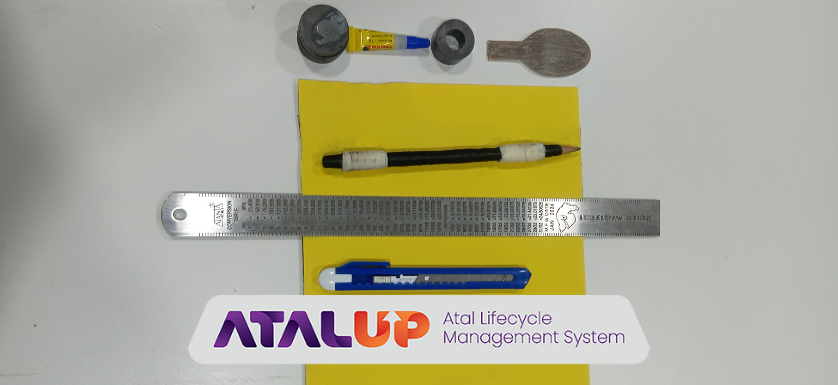
17. Balloon and Temperature – Expansion
Place a tied balloon in hot and cold water and watch it grow or shrink. No need to untie it! This again shows thermal expansion, teaching how temperature affects air volume.
18. Fizz Inflator with Bottle & Balloon
Mix baking soda and vinegar in a bottle and watch a balloon inflate! The chemical reaction releases CO₂, which fills the balloon, ideal to explain gas generation and chemical changes.
19. Balloon Fountain Inside a Bottle
In this activity, air from an inflating balloon pushes water from one bottle to another, forming a fountain. You’ll learn about pressure differentials and the movement of fluids.
20. Dancing Candles – Oxygen Use
Light three candles under a glass and see which one goes out first. The one using oxygen fastest dies first. This activity teaches students about oxygen consumption, air composition, and fire safety tips. Just 3 candles and a glass- your STEM kit is ready!
21. Balloon Volume Magic in Water Bucket
Can a tied balloon grow bigger? Yes! Place it in hot water and it expands. This experiment reinforces the idea of air expansion with heat, a fun way to discuss thermal energy and gas behavior.
Why This Matters
These activities are not just science; they’re STEM in real life. They teach:
- Scientific principles through visual experiences
- Problem-solving and observational thinking
- How to reuse household items creatively
- That science doesn’t need a lab; it needs curiosity
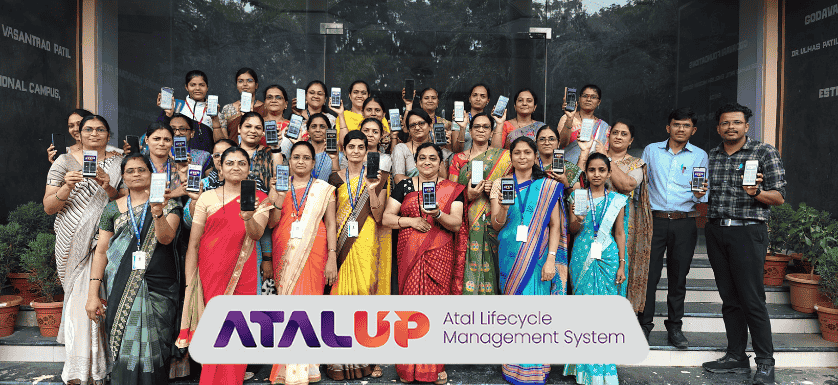
What Makes the ATALUP STEM App Special?
Household Items Only – No lab? No STEM kit? No problem.
Structured Learning – Each activity has objectives and explanations.
21-Day Challenge Format – Perfect for classrooms or summer fun.
Bilingual, Accessible & Teacher-Friendly
Final Word
With the ATALUP STEM App, schools across India can bring hands-on science into classrooms without worrying about budgets or fancy equipment. All it takes is a spark of curiosity, a few common materials, and a platform that guides young minds toward innovation.
Download the app now
Android: Play Store and iPhone: Apple Store